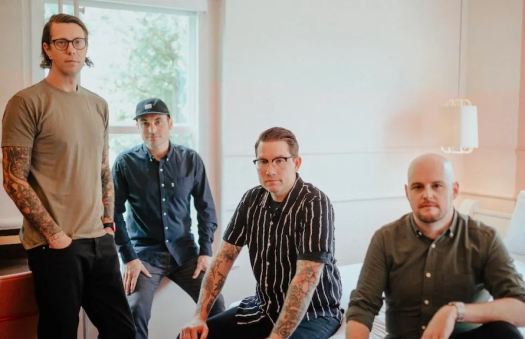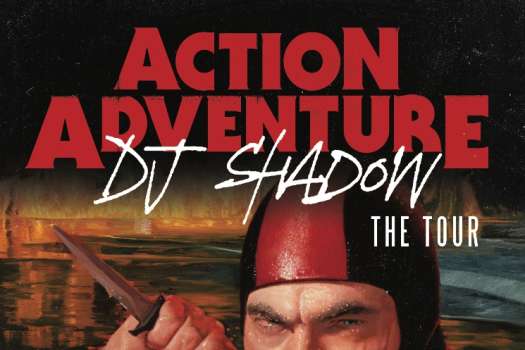British television is incredibly good at making everything seem mundane. Take Being Human, the story of Mitchell the vampire, George the werewolf and Annie the ghost, who live together in a house. Instead of dealing exclusively with the expected bloodsucking and moonlit transformations, it also covers the everyday issues the characters face and other things that American television would gloss over. It also isn't constrained by conservative television networks, meaning they can throw in more sex and gore than would be seen in North America. All these things translate into a satisfying horror show that strikes the right balance between the real and unreal. Considering it took Buffy The Vampire Slayer a few seasons to find its footing, Being Human is already ahead of the game. That said, season two is more of the same, but even more so. Just about everything has been ratcheted up to the next level and the result is a much more confident, impressive show. It benefits from the shorter season that most UK shows favour ― there are only eight one-hour episodes ― but that keeps it focussed, while the story arc doesn't have time to drag its heels. The main thrust of the narrative in this second season concerns an organisation that has a great deal of interest in supernatural beings, although it takes a while for their true intentions to become apparent. While that story provides the necessary villains to cheer against (or for, depending on your inclination), it also allows the writers to add to the mythology for each of the creatures. Not only do they continue to mess around with everything vampire, they add to the ghost stuff and that helps flesh out Annie's character. She's comes a long way from the comic relief she begins as in the first half of the season, and is poised to be even more significant in the third season, hitting screens next year. While the show might have gone from strength to strength, the extra features on the three-disc set are rather disappointing. The seven behind-the-scenes featurettes are too caught up in the special effects and how the show looks. It's only when they talk to the show's creator (Toby Whithouse) that things get interesting, but there isn't enough of that. And that's it: nothing in-depth or even some deleted scenes, which is unheard of these days.
(Warner)Being Human: Season Two

BY Michael EdwardsPublished Oct 1, 2010



